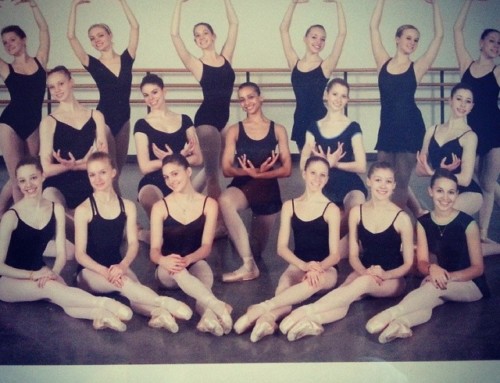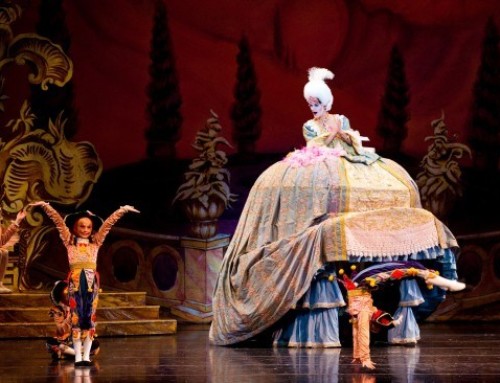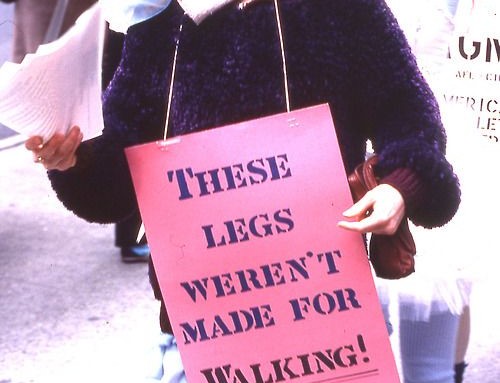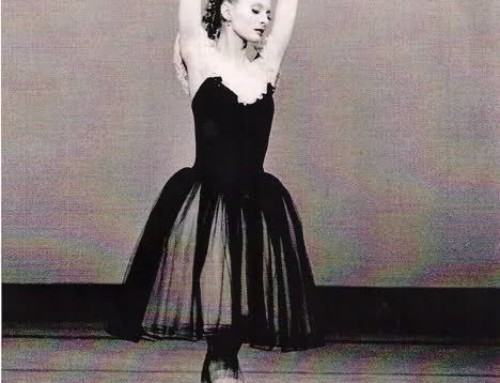I walked out of the theatre following the premiere showing of Sergei Polunin’s ‘Dancer’ feeling perplexed, a little disappointed and obviously in love. Steven Cantor’s documentary on the infamous and insanely talented bad boy of ballet tugged on my heart strings, but not for the same reason as the weeping row of teenage ballerinas sitting behind me. Instead of focusing on the rugged, tormented controversial artist whose reckless and indulgent behavior is well known in the dance community, Cantor zoomed in on the role of the family in producing a successful dancer. To the pedestrian eye, (those that are not artists) the sacrifice, and ultimately the destruction of Sergei’s family was devastating. To me, the story was all too familiar. I understand the sacrifice of a mother who will do whatever it takes so that her child can achieve their dreams. I understand the toll of divorce on a child who hopes that their success will be the glue that keeps their family together. My empathy for Sergei is vast. But the most heart-breaking thing to me about ‘Dancer’, was that so little is really known to the outside eye about what it takes to make it in the glamorous world of ballet.
I think a main reason for the rose colored glasses surrounding ballet stems from a long withstanding debate, are dancers athletes? Dancers are artists, yes, but they are absolutely athletes as well. Our paths to greatness are extremely similar to that of professional athletes, though our salaries don’t come close. Our training requires intense physical and mental stamina, highly repetitious and virtuosic exercise, a competitive spirit and extreme sacrifice. Injuries threaten our livelihood and our careers are shorter than most. Our families make sacrifices so that we can attend the best schools with the best instructors, and we often forsake education for practice. Young athletes that show great promise often attend universities on scholarship. A majority receive coaching, physical therapy, tutoring and training for little to nothing. A lot of talented young male dancers also recieve scholarships and free training, though the cost of quality training can be incredibly expensive for young ballerinas. Our dedication to our craft is unparalleled to anything else, and only a small minority make it to the top.
It seems that society has a much easier time understanding the sacrifice and extreme physical demands of professional athletes. It’s evident in their paychecks, celebrity and body maintenance. In some ways, I do wish that dance was viewed as more of a ‘sport’ culturally. Dancers could benefit greatly from endorsements, more serious injury prevention and treatment, better marketing and awareness, further integration of the arts in schools, a larger fan base and higher starting salaries. I do believe that a part of our artistry as dancers is innate, but contrary to popular belief, we are not all born graceful, flexible and talented (though Sergei may have been). Hours, years and thousands of dollars are put into perfecting our work. “Blood, sweat and tears” was not an exaggeration. Our families, our social lives and sometimes our desserts are put on hold so that we can become professionals. Our artistry transcends above physical skill and mechanics, and that is ultimately what sets us apart from being just athletes. Perhaps it is the effortlessness of our performance that misleads the untrained eye to believe it comes naturally. It’s about as natural as a football player in a tutu…my pointe exactly.







Another wonderful article again. I really do enjoy reading them. I think your point(e) 😉 about creating the illusion of grace and effortlessness through your artistry is probably one of the key reason why dance and dancers are not perceived by the uninitated as athletes. It is annoying, yet a testament to your outstanding, frankly mind blowing talent.